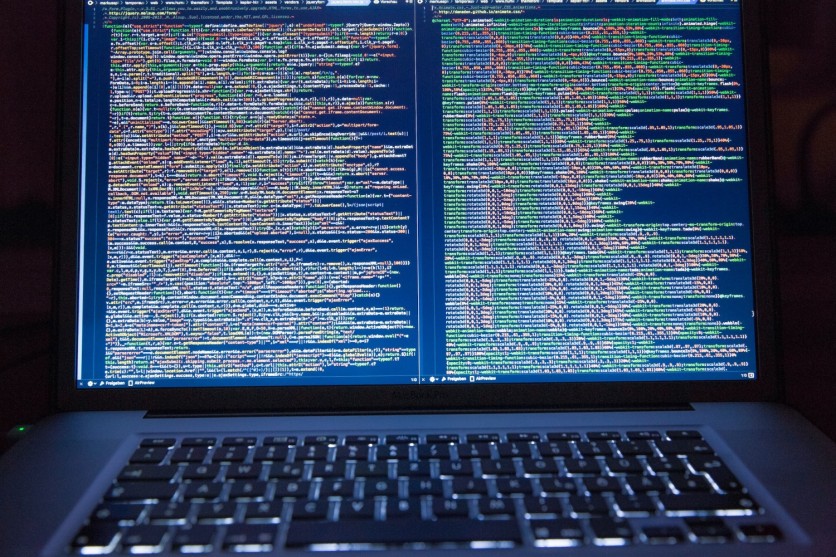
The year 2022 saw some of the most groundbreaking medical malpractice verdicts across the United States. One of the most famous cases occurred in Minnesota, where a 17-year-old Nepalese patient received $111 million for a missed diagnosis that led to grave medical consequences. Somewhere in the process that led to the success of the claim was technology.
The integration of cutting-edge technological tools has redefined the strategies employed by plaintiffs and defendants in malpractice cases. With digital records, forensic software, medical imaging, and other advancements, case assessments have drastically increased in accuracy, enabling legal professionals to dissect cases with unprecedented clarity.
The role of data analytics cannot be overstated either. With this technology, legal teams can sift through extensive data to identify patterns, inconsistencies, and trends that might otherwise remain hidden. This data-driven approach empowers attorneys to construct compelling arguments backed by statistical insights, offering a more comprehensive perspective on the occurrence and consequences of malpractice.
Indeed, technology's role in malpractice law has become more pronounced than ever over the decades. This article enumerates and explains the various aspects of this multifaceted relationship.
Electronic Health Records (EHRs) and Data Accessibility
One of the most transformative aspects of technology in malpractice law is the use of electronic health records (EHRs). EHRs have replaced traditional paper records in medical facilities, providing an electronic repository of patients' medical histories, treatments, and outcomes.
This shift has dramatically impacted malpractice cases by making relevant medical information accessible to legal professionals. Attorneys can now review extensive patient records efficiently, identifying patterns, discrepancies, and potential instances of negligence.
Moreover, EHRs have streamlined the process of securing medical expert witnesses. Attorneys can collaborate with medical professionals remotely to interpret complex medical data, aiding in the analysis of cases and the presentation of evidence in court. The accessibility of data through EHRs has improved the efficiency and accuracy of malpractice claims.
Telemedicine and Virtual Consultations
The rise of telemedicine, accelerated by the global pandemic, has introduced new dynamics to malpractice law. It allows physicians to diagnose and treat people without seeing them in person, raising questions about the standard of care and potential complications that may arise.
Cases involving telemedicine require a deep understanding of the technology involved and an assessment of whether healthcare providers followed appropriate protocols during virtual consultations.
Medical professionals now need to consider issues such as technical malfunctions, miscommunication, and the challenges of accurately diagnosing patients virtually. They will be prescribing medications to patients in an official capacity as opposed to, say, recommending lift recliner chairs for back injuries or any other condition.
Technology's role in these cases extends beyond the medical realm, as it becomes essential to evaluate the quality and reliability of the telecommunication systems employed.
Digital Evidence and Forensics
In malpractice cases, the presentation of evidence can significantly impact the outcome of a lawsuit. Technology has introduced new forms of evidence, such as digital images, videos, emails, and text messages, that can help establish the sequence of events and the quality of care provided. These types of evidence can be particularly compelling when demonstrating negligence or miscommunication that led to harm.
Digital forensics, in particular, plays a crucial role in uncovering evidence in malpractice cases. Experts in digital forensics can analyze electronic devices, networks, and communication channels to reconstruct timelines, assess the accuracy of medical records, and determine whether any tampering or alteration has occurred. This level of scrutiny is especially important in cases involving allegations of intentional malpractice or fraud.
Furthermore, virtual platforms and video conferencing tools enable experts from various geographical locations to contribute their insights without the need for extensive travel. This ease of collaboration streamlines assembling a well-rounded expert panel, enhancing the quality of testimony and strengthening the legal arguments presented.
Artificial Intelligence and Predictive Analytics
Artificial intelligence (AI) and predictive analytics are reshaping how malpractice law firms approach case evaluation and risk assessment. By analyzing historical data, AI can identify patterns and trends indicating a higher likelihood of malpractice occurrences. Law firms can utilize AI-driven tools to identify potential cases, evaluate their merits, and allocate resources more effectively.
As of July 2023, more than 43 percent of lawyers in the US, the UK, and Canada already use or plan to use AI in their practices.
Predictive analytics can also assist in assessing the potential outcome of a malpractice case based on historical verdicts and settlements. This information helps both plaintiffs and defendants make informed decisions about whether to pursue litigation, negotiate settlements, or take a case to trial.
Virtual Reality (VR) and Augmented Reality (AR)
VR and AR have significantly impacted medical malpractice law by revolutionizing case understanding, analysis, and presentation. These immersive technologies offer an intuitive way to visualize intricate medical procedures and scenarios, simplifying complex concepts for legal professionals, judges, and jurors. By recreating medical events and treatments, VR and AR enable a step-by-step walkthrough, helping stakeholders comprehend the sequence of events.
Moreover, they evoke empathy by immersing viewers in the experiences of patients, doctors, or caregivers, which can influence perceptions of negligence, especially in sensitive cases. These technologies dynamically present evidence, allowing interactive highlighting of details and fostering engagement during courtroom presentations.
Remote Monitoring and Surveillance
With the rise of wearable medical devices and remote monitoring technologies, it's now possible to track a patient's health and vital signs continuously outside a medical facility.
In cases where the alleged malpractice involves post-treatment complications or neglect, these technologies can provide crucial data to assess the timeline of events and the patient's condition. Such objective data can play a pivotal role in establishing causation and liability, thereby shaping the course of malpractice litigation.
Challenges and Ethical Considerations

While technology offers numerous advantages to malpractice law, it also presents challenges and ethical considerations. In 2023 alone, at least eight incidents involved healthcare data breaches that cost multi-million dollars in damages.
Data privacy and security issues arise when handling sensitive medical information, and ensuring the integrity of digital evidence can be complex. Moreover, as AI becomes more integrated into legal processes, questions about algorithm bias and the potential dehumanization of legal proceedings emerge.
Using technology in medical malpractice law also introduces ethical considerations, with client confidentiality and data security the topmost among them. Lawyers must employ secure communication channels, encryption, and robust data storage systems to safeguard sensitive medical information.
The accuracy and reliability of technology, such as medical databases or expert systems, also raise ethical questions. Legal professionals must ensure the technology used for research and analysis is up-to-date and accurate to provide the best representation for their clients.
Virtual communication and teleconferencing can impact the attorney-client relationship, potentially compromising the quality of communication and rapport. Lawyers must strive to maintain effective and confidential communication despite the virtual setting.
Another concern is the potential for overreliance on technology, which might lead to neglecting human judgment and empathy. Needless to say, balancing technology and human insight is essential.
The role of technology in malpractice law is undeniable and continues to expand with each technological advancement. Technology has revolutionized how malpractice cases are investigated, prepared, and presented, from electronic health records and telemedicine to digital evidence and AI-driven analytics.
While technology offers significant benefits, legal professionals must stay vigilant about the challenges and ethical dilemmas in this rapidly evolving landscape. As technology continues to shape the future of malpractice law, adapting to these changes and striking a balance between innovation and ethics will be key to ensuring justice is served in cases of professional negligence.
ⓒ 2025 TECHTIMES.com All rights reserved. Do not reproduce without permission.




